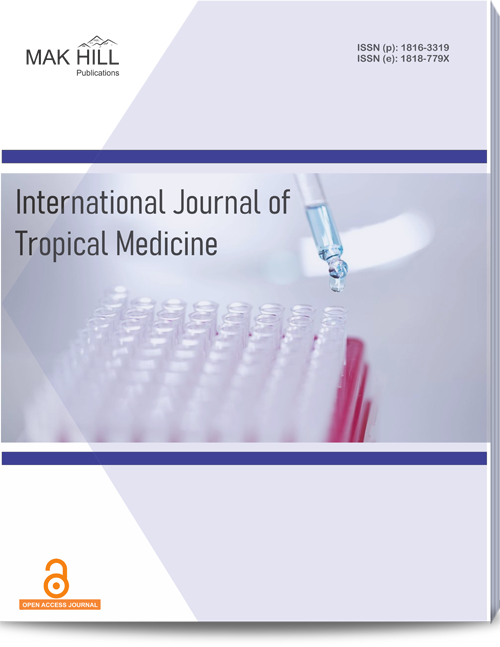
International Journal of Tropical Medicine
ISSN: Online 1818-779XISSN: Print 1816-3319
178
Views
6
Downloads
Abstract
Congenital anomalies make an important contribution to neonatal mortality and morbidity. Defined as structural or functional anomalies that occur during intrauterine life and can be identified prenatally, at birth or sometimes may only be detected later in infancy. In this study we assess systemic presentation of various major congenital anomalies. To study clinical spectrum and presentation of various systemic congenital malformations at Birth An observational study was done at NICU of RNT medical college, udaipur on neonates with evidence of congenital anomalies during period of January 2021 to December 2021 (one year). Study included inborn and out born babies admitted in NICU with major congenital malformations at birth and during neonatal period with help of various imaging modalities. Study excluded minor malformations. Looking system wise, majority of them had GI malformations (60%), followed by CNS (21.7%), respiratory (3%), musculoskeletal (2.76%), CVS (1.98%), genitourinary (1.58%) and multisystem malformations (7.5%). Among GI anomalies 37.4% babies had Tracheoesophageal Fistula (TEF), 30% had Anorectal malformations (ARM). Majority of CNS anomalies were meningomyelocele (68.9%) followed by encephalocele (17.25%). Neonates with congenital malformations were presented with abdominal distension, delayed or not passing meconium, cyanosis, respiratory distress, frothing of saliva, large head, bilious vomiting and paraplegia. Gastrointestinal system being the most commonly affected system, majority had TEF followed by ARM, out of central nervous system malformation majority had MMC followed by encephalocele. Most common presentation was abdominal distension.
How to cite this article:
Anuradha Sanadhya, Aishwarya Sindhur, Amal Raj and Lalit Katara. Clinical Spectrum of Various Systemic Congenital Malformations at Birth in a Tertiary Care Hospital of Southern Rajasthan.
DOI: https://doi.org/10.36478/10.59218/makijtm.2023.88.92
URL: https://www.makhillpublications.co/view-article/1816-3319/10.59218/makijtm.2023.88.92